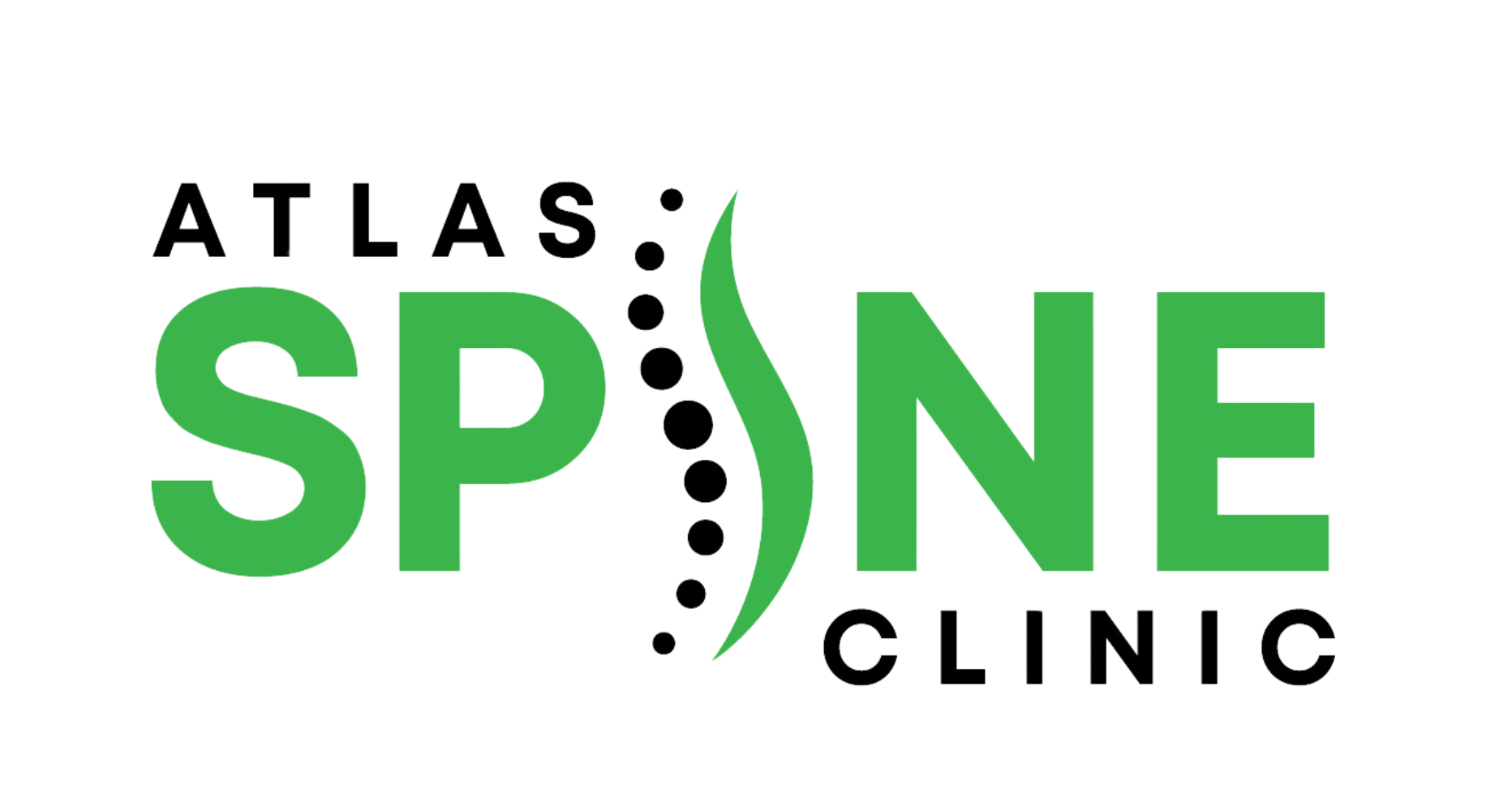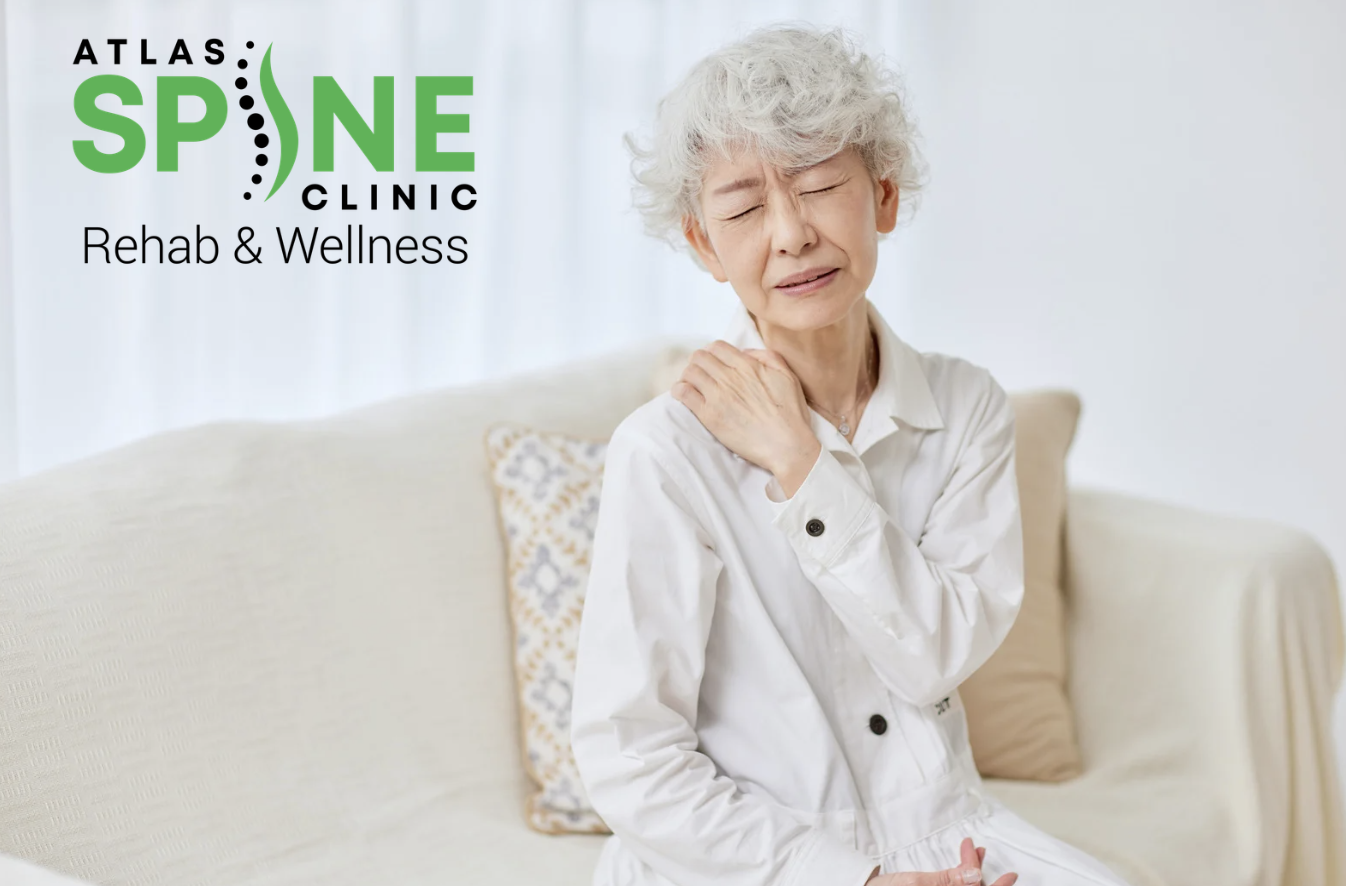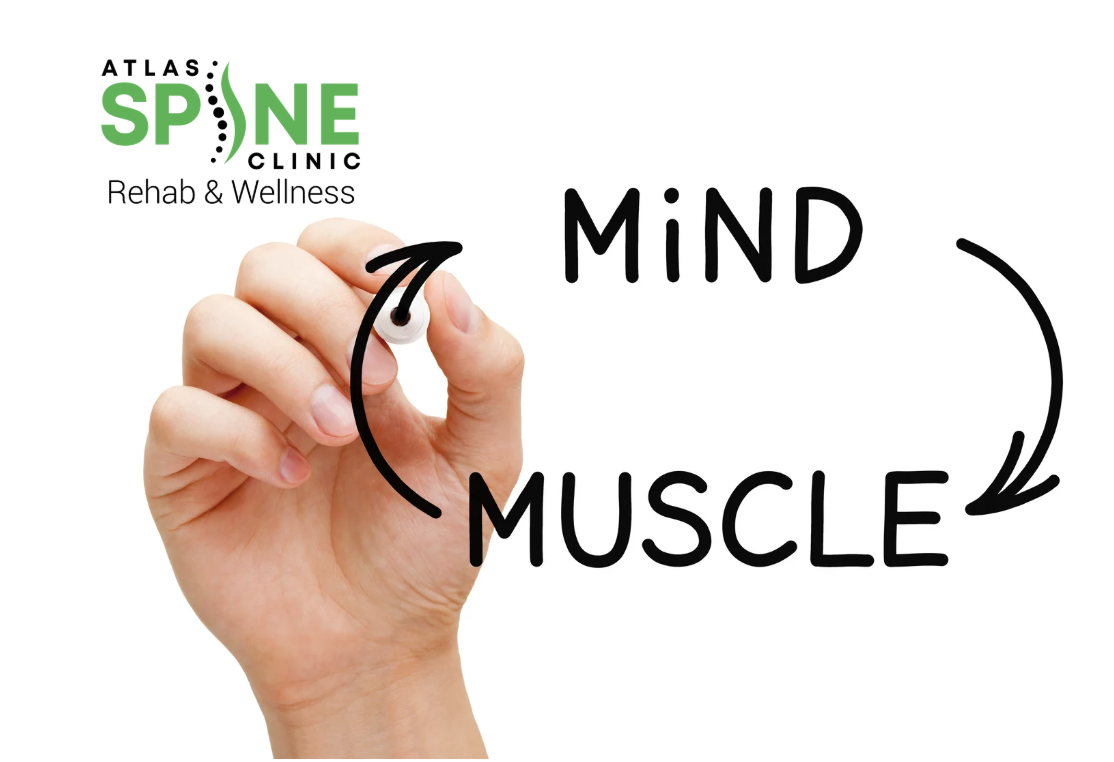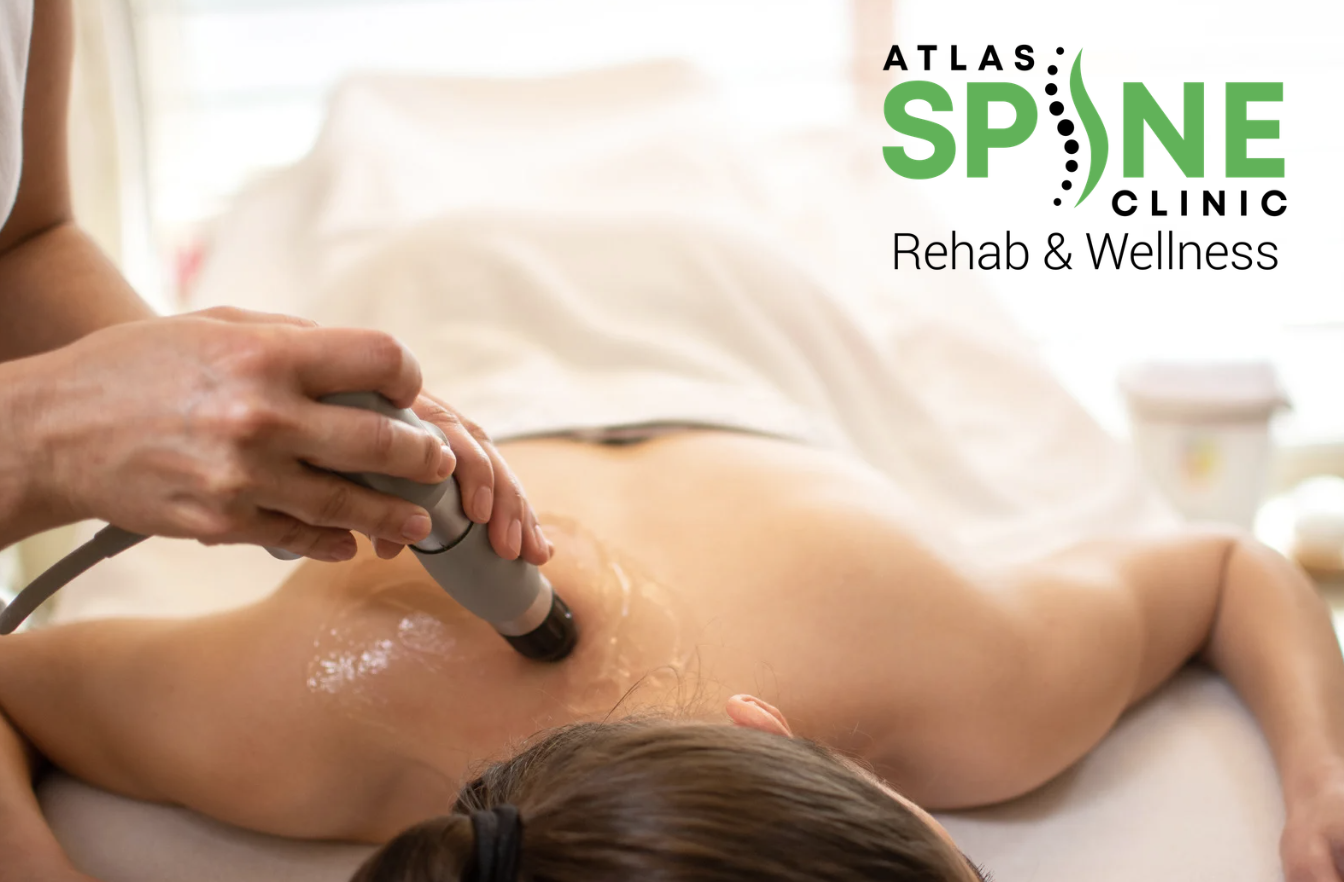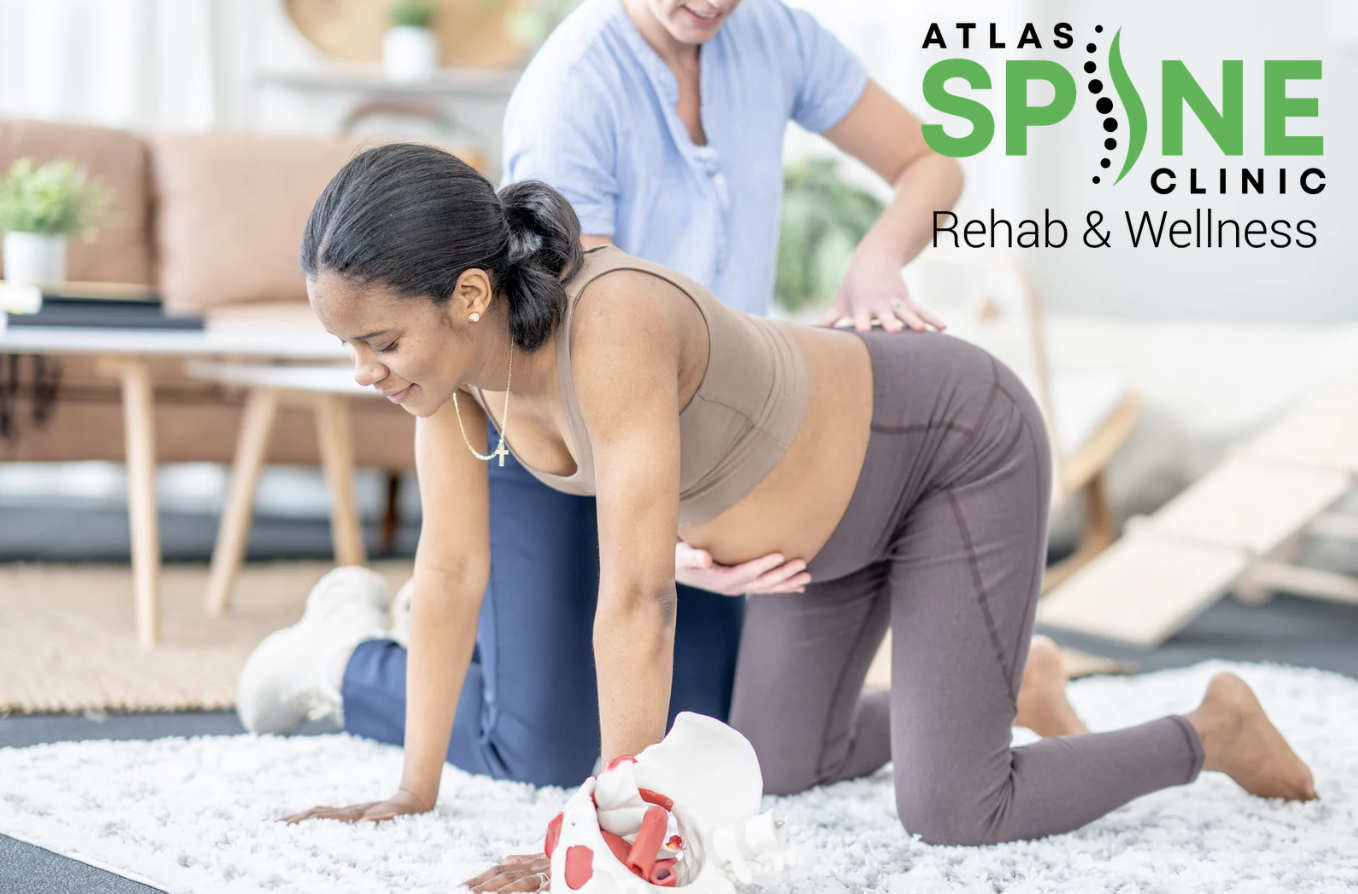“In health, there is freedom. Health is the first of all liberties.” – by Henri Frederic Amiel. Traversing the intersection of tradition and modernity, cupping therapy stands as a hallmark of alternative medicine, offering a unique blend of relief and rejuvenation. Rooted in the ancient practices of Traditional Chinese Medicine (TCM), this technique has evolved into a complementary therapy embraced by those seeking holistic healing.
What is Cupping Therapy?
It is a form of alternative medicine in which cups are placed on the skin to create suction. This technique is thought to support healing by improving blood circulation. Originating from traditional Chinese medicine, the practice has been embraced by various cultures, each contributing its unique touch to the fundamental technique. This therapy has historically been used to treat a range of ailments and conditions, drawing on the principles of holistic healing to address both physical and mental health.
What Does Cupping Therapy Do?
The primary purpose of cupping is to enhance circulation, ease the pain, and pull out toxins from body tissues. This form of therapy is often used to relieve back and neck pains, stiff muscles, anxiety, fatigue, migraines, rheumatism, and even cellulite. By improving circulation, cupping helps nourish the body with fresh blood and oxygen, which can speed up healing and reduce inflammation.
How Does Cupping Work?
This method works by creating negative pressure on the skin, lifting it upward. This process increases the blood flow under the cupped area, stimulating muscles and blood flow, while relieving muscle tension and promoting cell repair. The vacuum from the cup pulls in the skin and muscle, sometimes breaking small blood vessels and leaving the typical round bruises of this therapy.
How Do Healthcare Providers Perform Cupping?
Healthcare providers, often experts in natural healing or traditional Chinese medicine, perform cupping by igniting alcohol-soaked cotton balls inside the cup. They remove the flame before placing the cup against the skin. Modern practitioners may use vacuum cupping, which does not involve fire but achieves similar suction effects. Each session typically lasts between 10 to 20 minutes, depending on the patient’s condition and the practitioner’s approach.
What Type of Cups Do They Use?
Various types of cups can be used in this therapy, including glass, bamboo, earthenware, and silicone. The choice depends on the practitioner’s preference and the desired effect of the therapy. Glass cups are commonly used for fire cupping, while silicone cups can be more suitable for patients requiring movement during the therapy, such as sliding cupping.
What Should I Expect After Cupping?
Post-cupping, it’s common to have circular bruises on the areas where the cups were placed, which indicates that the procedure has been effective. These marks usually fade within a few days without any lasting discomfort. Patients often report feeling relaxed and rejuvenated after a session, with a noticeable reduction in pain and discomfort.
Who Performs Cupping Therapy?
Certified healthcare professionals trained in complementary therapy techniques such as dry cupping, wet cupping (Hijama), fire cupping, or vacuum cupping typically perform cupping. These practitioners have a deep understanding of the technique’s applications and safety. It’s crucial to seek treatment from someone who has the necessary qualifications and experience, ensuring a safe and effective session.
What Are the Potential Benefits of Cupping Therapy?
Cupping is suggested for its ability to reduce pain and inflammation, increase blood flow, promote relaxation and well-being, and as a type of deep-tissue massage. It is particularly effective in treating musculoskeletal pain, improving skin health by promoting the production of natural moisturizers, and even aiding in respiratory conditions by clearing congestion from the lungs.
What Are the Risks or Complications of Cup Therapy?
Despite its numerous benefits, cupping therapy isn’t without its downsides. Like any treatment that brings about noticeable physical changes, cupping can sometimes leave its mark—quite literally. Those new to cupping are often surprised by the distinctive circular bruises. While typically harmless and temporary, these marks can be a source of discomfort for some. Moreover, the therapy can cause soreness akin to that felt after an intense workout. Rarely, if the cups are heated too much or left on the skin too long, it might even lead to burns. That’s why it’s crucial to entrust your skin to practitioners who are not only skilled but also duly certified. Those with sensitive skin or conditions like hemophilia, where bruising could pose serious health risks, should have a candid conversation about the risks with their healthcare provider before lying down on the cupping table.
Who Shouldn’t Get Cupping?
Cupping isn’t for everyone. For instance, if you’re someone dealing with a skin infection, the additional stress on your skin from the suction might exacerbate your condition rather than ameliorate it. Similarly, if your blood fails to clot normally, the minor capillary breaks caused by cupping could lead to complications. Pregnant women or those who have recently undergone surgery are also advised to steer clear of the therapy, as their bodies are already in a delicate state of recovery. And while cupping can be a beacon of relief for many, those with certain types of cancer should consult their doctor, as the increased circulation could potentially affect their medical condition.
How Effective is Cupping?
As with many treatments that have stood the test of time, the effectiveness of cupping therapy can be somewhat subjective. Anecdotal evidence abounds, with countless individuals swearing by its efficacy for alleviating everything from chronic pain to the aftermath of a flu. Clinical studies, too, lend weight to these claims, particularly highlighting its benefits in managing chronic pain and easing respiratory conditions. However, the scientific community agrees that more research would be beneficial to fully map out the benefits and mechanisms of cupping. This gap in comprehensive clinical evidence doesn’t diminish the personal successes many have experienced. Instead, it highlights the individual nature of healing, showing that what works for one person might not work for another. Therefore, while cupping might not be the ultimate solution, for many, it remains a worthwhile complement to conventional treatments, offering a unique blend of relief and traditional charm.
Wrapping Up
As we circle back to our roots in search of healing, this therapy offers more than just physical benefits; it provides a link to age-old traditions that modern medicine often overlooks. Whether you’re drawn to its historical significance or the tangible wellness benefits, cupping therapy remains a compelling facet of holistic health practices, promising a unique path to recovery and well-being. Remember to consult with a healthcare provider familiar with traditional Chinese medicine or complementary therapies to see if cupping could be right for you. Embrace the journey towards holistic health, where ancient wisdom meets modern understanding.
